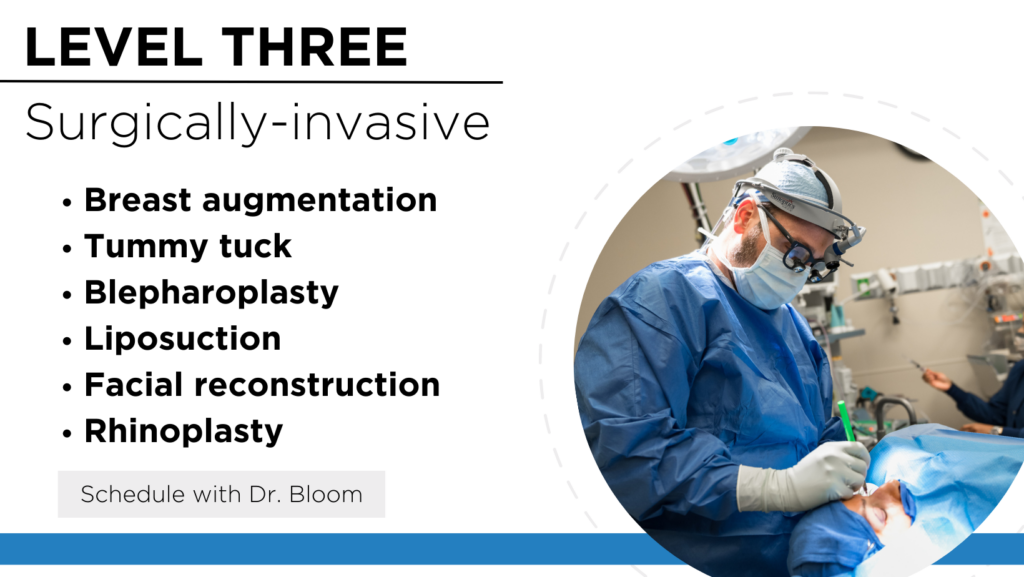Understanding Procedure Levels
In recent years, the beauty industry has seen an explosion in non-invasive and minimally invasive skin care treatments, as well as more traditional invasive surgeries. Each of these types of procedures offers its own unique benefits, but also comes with its own set of risks and considerations. In this post we break down some examples of non-invasive, minimally-invasive, and invasive procedures.
Non-invasive skin care
Non-invasive skin care treatments, such as DiamondGlow and dermaplaning, are designed to improve the appearance and texture of the skin without breaking the skin’s surface. DiamondGlow is a type of facial that uses a diamond-tipped wand to exfoliate the skin, while also infusing it with serums to hydrate and brighten. Dermaplaning is a similar treatment that uses a blade to gently remove the outer layer of dead skin cells, revealing smoother, softer skin.
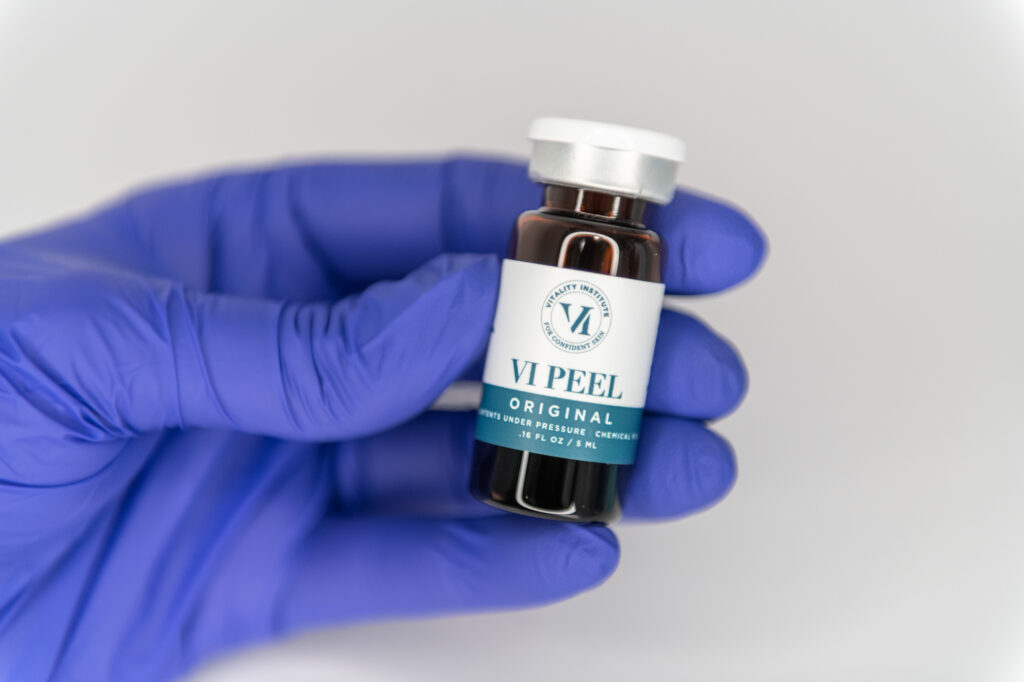
VI Peel is also a non-invasive skin care treatment that uses a specially formulated chemical solution to exfoliate and improve the texture and appearance of the skin. This makes it a popular choice for those looking to improve their skin’s appearance without undergoing more invasive procedures.
These types of treatments are generally considered low-risk, as they do not require any incisions or anesthesia. They are also relatively affordable and require minimal downtime, making them a popular choice for those who want to improve their skin’s appearance without undergoing more invasive procedures. However, their effects are generally temporary and require ongoing maintenance to see lasting results.
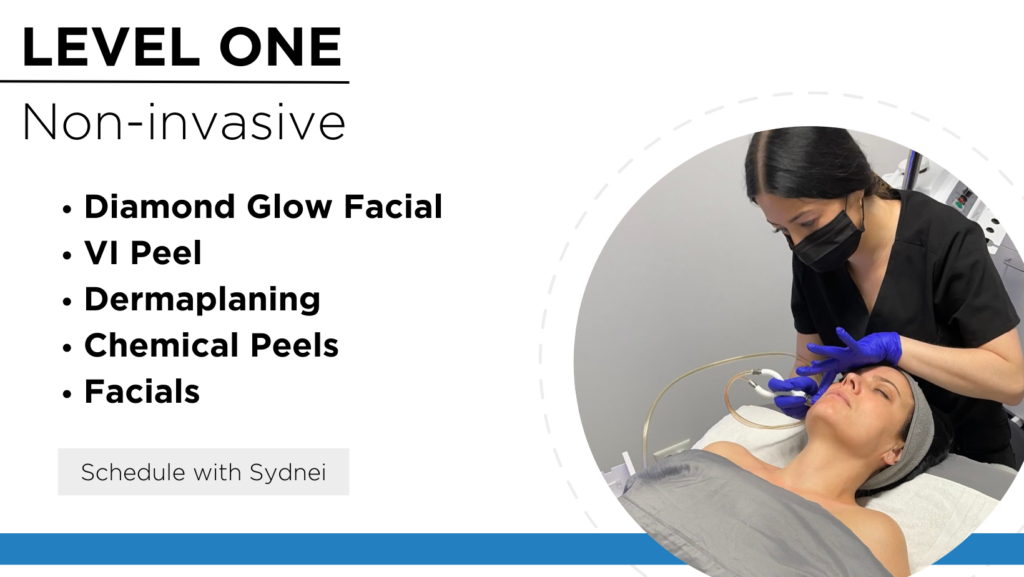
Minimally invasive aesthetic treatments
Minimally invasive injections, such as Botox and fillers, are another popular option for those looking to enhance their appearance without undergoing surgery. Botox is a type of injection that is used to temporarily paralyze the muscles that cause wrinkles, while fillers are used to plump up areas of the face that have lost volume over time.
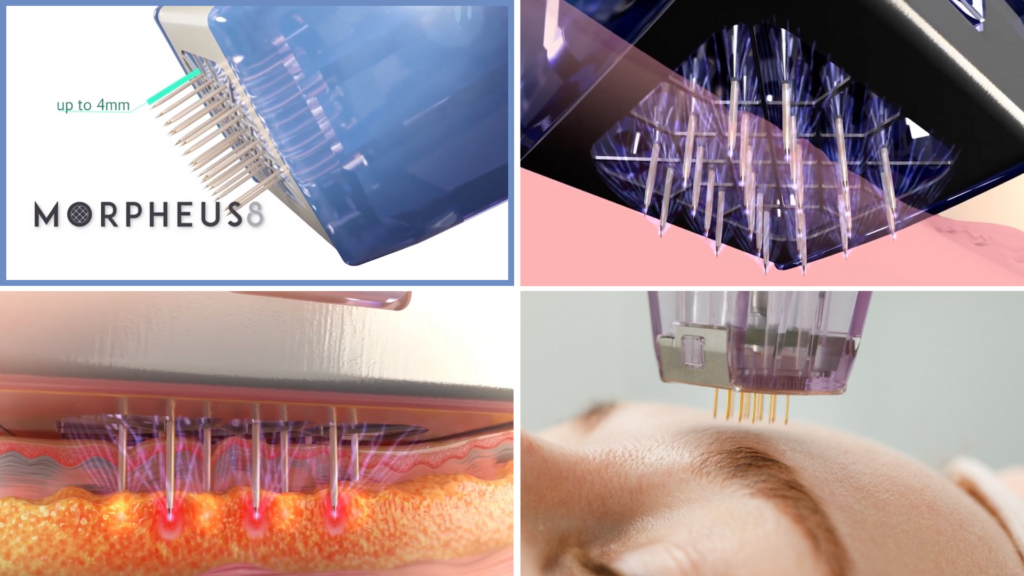
Morpheus8 is a minimally invasive aesthetic treatment that combines microneedling with radiofrequency energy to improve the texture and appearance of the skin. The treatment involves the use of a device that penetrates the skin with tiny needles, delivering radiofrequency energy to the deeper layers of the skin. This helps to stimulate collagen production, which can improve the skin’s elasticity and firmness. Morpheus8 is considered a minimally invasive treatment because it does not require incisions or anesthesia, and has a relatively short recovery time. It is a popular choice for those looking to address fine lines and wrinkles, as well as uneven skin texture and tone.
These types of treatments are generally considered safe, but they do carry some risks, such as the possibility of allergic reactions or infection. They are also more expensive than non-invasive treatments and require ongoing maintenance to see lasting results.
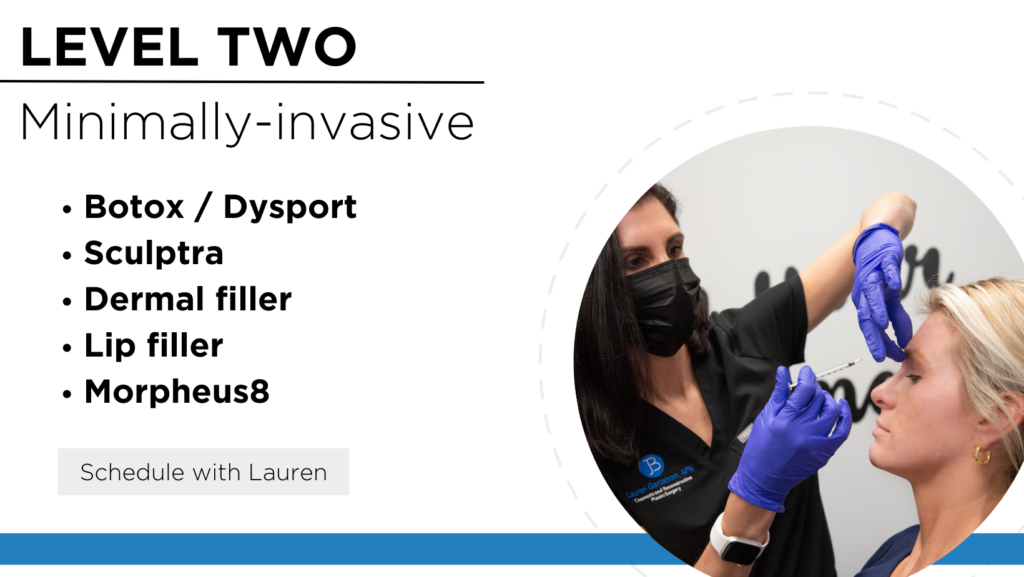
Invasive surgical procedures
Invasive surgeries, such as breast augmentation and liposuction, are typically more involved and carry greater risks than non-invasive or minimally invasive treatments. Breast augmentation involves the insertion of implants to increase the size and shape of the breasts, while liposuction involves the removal of fat from targeted areas of the body.
These types of surgeries require anesthesia and incisions, and carry a higher risk of complications, such as bleeding, infection, and scarring. They are also more expensive and require a longer recovery time than non-invasive or minimally invasive treatments.
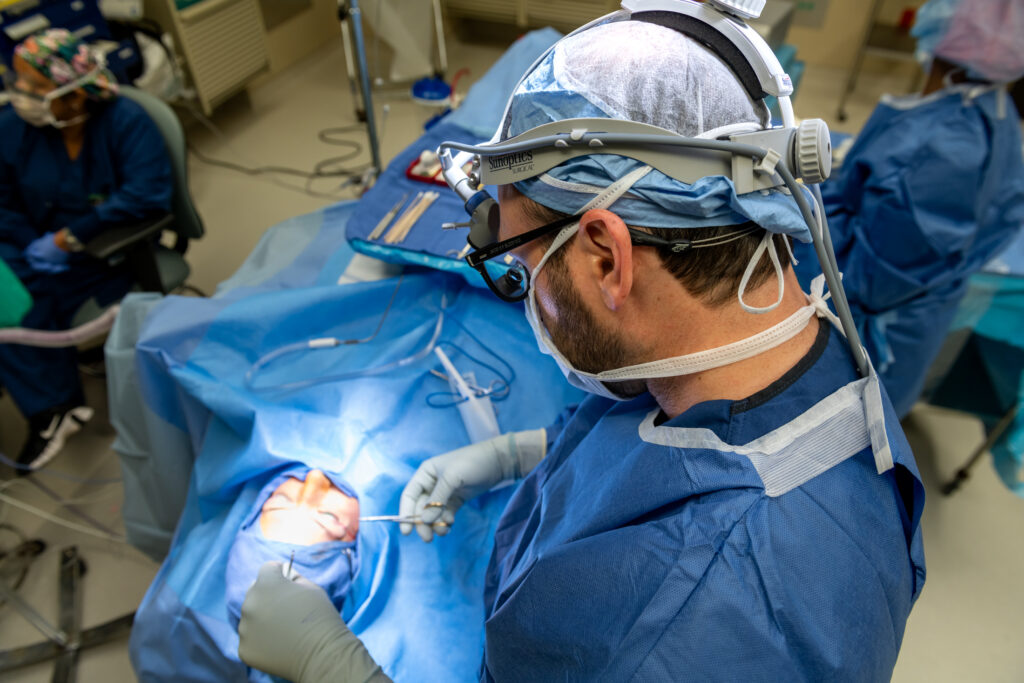
Blepharoplasty and tummy tucks are also examples of invasive cosmetic procedures that require incisions and anesthesia. Blepharoplasty, also known as eyelid surgery, involves the removal of excess skin, fat, and muscle from the eyelids to improve the appearance of droopy or sagging eyelids. This procedure typically involves incisions on the upper or lower eyelids, which can leave scars. Tummy tucks, also known as abdominoplasty, involve the removal of excess skin and fat from the abdomen, as well as the tightening of the abdominal muscles. This procedure typically involves an incision along the lower abdomen, which can leave a scar that is concealed by underwear or a swimsuit.
Both blepharoplasty and tummy tucks are considered major surgical procedures, and as such, carry significant risks. These risks include bleeding, infection, anesthesia complications, and scarring. Recovery times for these procedures can be several weeks, and patients are typically advised to avoid strenuous activity and heavy lifting during this time.
Despite the risks and recovery time associated with these procedures, they can offer significant improvements in the appearance of the eyelids and abdomen, and can boost self-esteem and confidence. It is important to consult with a qualified plastic surgeon to determine if these procedures are right for you, and to carefully weigh the risks and benefits before proceeding.
Ultimately, the decision to undergo any type of skin care treatment or surgery is made in consultation with a qualified medical professional. We can help you assess the risks and benefits of each option and make an informed decision based on your individual needs and goals.
